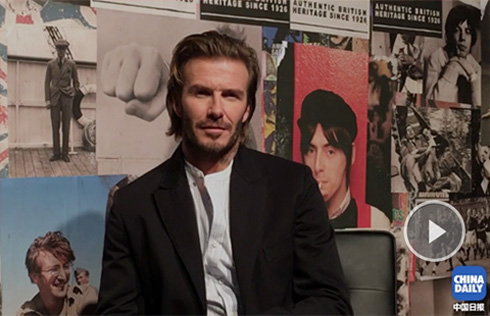Lantern Festival lights up spring
EDITOR's Note: Every week we look at a work of art or cultural relic that puts the spotlight on China's heritage.
Yuanxiao Jie, or the Lantern Festival, that falls on the 15th day of the first month of the Chinese New Year (Feb 17 this year), signals the end of the Spring Festival celebrations.
|
 |
|
Calendar Scrolls, at the Palace Museum in Taipei. |
Calendar Scrolls, a Qing Dynasty (1644-1911) silk scroll, 175 cm long and 95 cm wide, offers a glimpse of how the festival was celebrated at least 200 years ago, with its image replicated on countless paintings and calendars. Widely believed to be a collaborative work of Tang Dai (1673-1752) and his contemporaries such as Ding Guanpeng, the original is in the collection of the Palace Museum in Taipei and depicts daily life in 18th century China.
Tang Dai was a Manchu landscape painter who lived under Qing emperor Kangxi, while Ding is best known for his vivid depiction of Buddhist figures.
Tang's ink painting techniques were so highly respected that he was crowned painting maestro by the emperor.
His depictions of people, residences, shops, temples, and gardens reflect his intimate knowledge and love of traditional Chinese festivals. The influence of Western art on the Qing imperial court is evident, says Jin Yunchang, a researcher of ink painting with the Palace Museum in Beijing.
Offering a panoramic view of the royal gardens, the scroll shows large groups of people in brightly-colored clothes, watching the moon, setting off fireworks, hanging lanterns, cracking riddles while drinking liquor and enjoying sweet-meats, surrounded by blossoming peach trees that herald the coming of spring.
Jubilant scenes of singing and dancing dot the scroll.
Like in the olden days, putting up colorful lanterns remains an integral part of the festivities to this day. During the Han Dynasty (206 BC-AD 220), the emperors were followers of Buddhism, and ordered the worship of Buddha with grand lanterns on this occasion.
For the emperor's pleasure, county magistrates in different parts of the empire would dispatch hand-made lanterns to the royal court.
Soon the tradition passed on to common folk, and lanterns could be found everywhere during the festival.
It is said the festive atmosphere created by these lanterns was so irresistible that the royal couple would often sneak out of the palace dressed as commoners to celebrate the festival.
Emperor Zhu Yuanzhang, founder of the Ming Dynasty (1368-1644), was reportedly such a big fan of the lantern festival that he extended the period of celebrations from three days as in the Tang (AD 618-907) and Song (AD 960-1279) dynasties, to 10 days.
Lantern riddles were perhaps the best-loved parts of the celebrations. Riddles were pasted onto the lanterns, so people could watch the lanterns while cracking them.
The festival is also dubbed China's Valentine's Day. Traditionally, for unmarried young girls who were not allowed to go out freely, the lantern festival was their opportunity to pick their spouses.
In Taiwan, a traditional belief still holds sway that unmarried girls can snare a good husband if they steal a green vegetable during the night of the festival.
The festival was also an occasion to showcase traditional beliefs, such as having women walk along a wall or across a bridge to keep diseases and disasters at bay.
In Beijing, women would go to Zhengyang Gate, commonly known as Qianmen that was the front gate of the inner city of Beijing during the Ming, and touch the bronze nails on it. In Chinese, "nail" (ding) sounds like the term for offspring. So touching nails was akin to offering prayers for more children in the New Year.






















